Bench press: designers put a new spin on public seating in Sweden
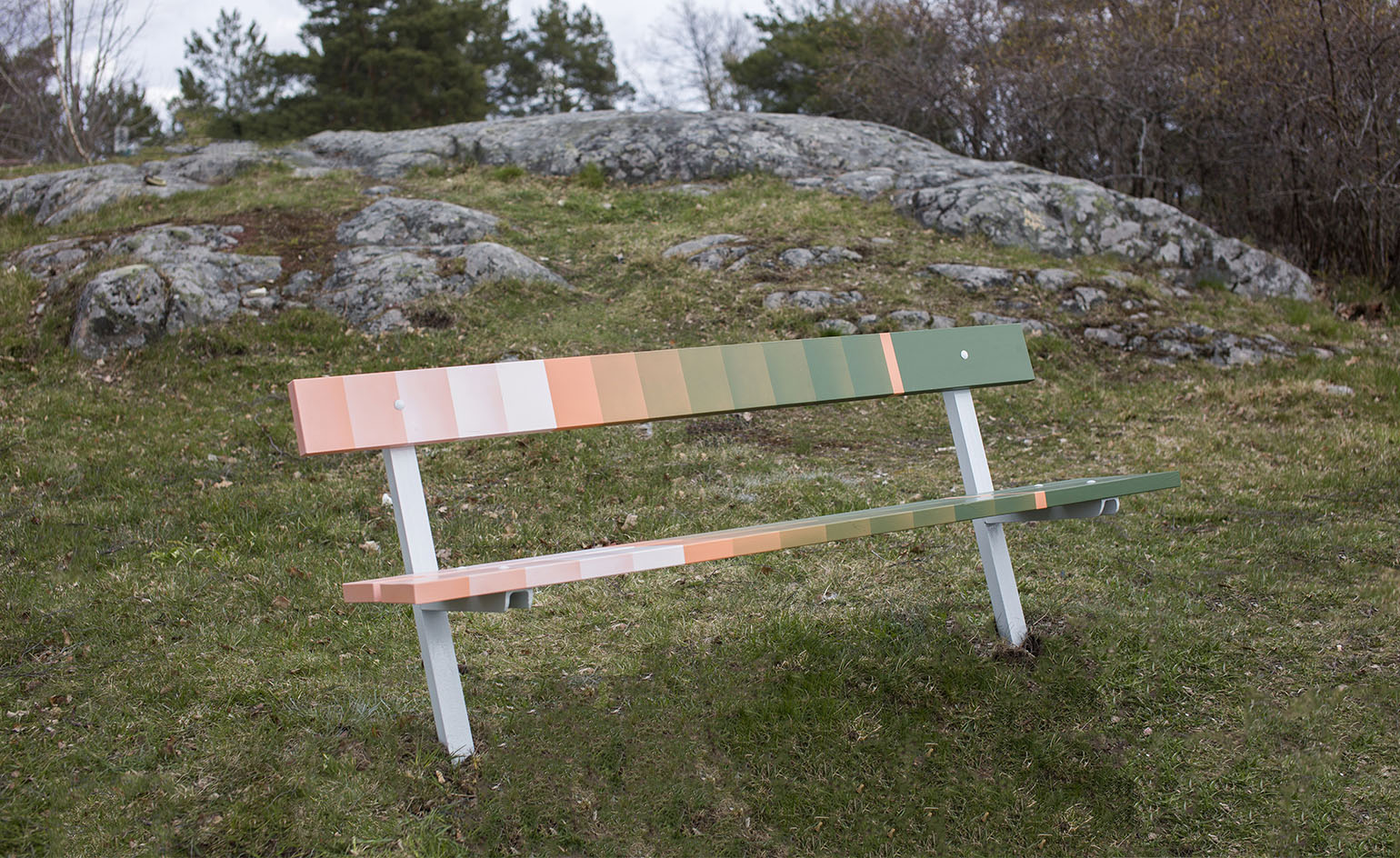
The setting: an undistinguished Swedish town park outside Stockholm. The project: to create an installation of ‘Superbenches’ by tend leading designers as part of a wider urban development programme in the area of Järfälla, one of the country's fastest growing municipalities.
The idea behind Superbenches – curated by Felix Burrichter, the New York-based German creative director and founder of architectural magazine PIN–UP – is to involve the local people through the installations and give them a voice in the plans for the area’s future housing and landscaping programme. In doing so, he has made an eclectic mix of design practices reconsider the concept of the traditional park bench while retaining its basic function of providing an urban setting to meet, relax and be inspired.
The benches could either be upgraded existing versions or entirely new ones. ‘I wanted the group of designers to be varied in how they approach the idea of what a bench is – and what it could be. They’re a pretty heterogeneous group, with different cultural backgrounds, and I think that is reflected in the different bench designs,’ says Burrichter. ‘These benches are also thought of as mini social incubators, allowing people to come together, and develop a sense of community and pride in a park that up until recently was kind of forgotten and neglected.’
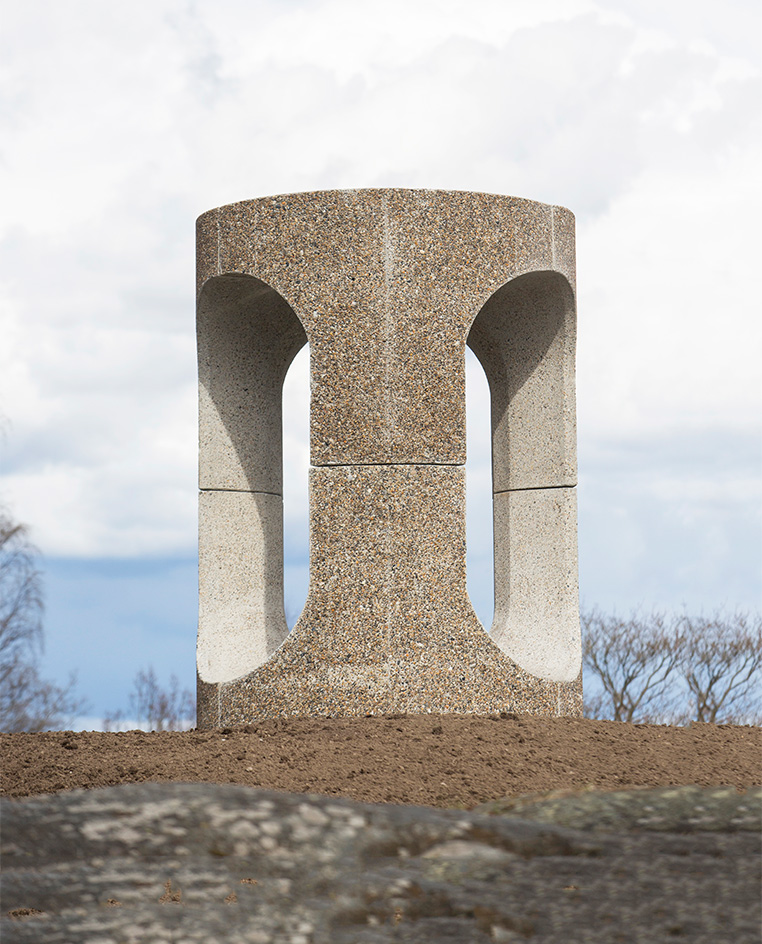
‘Core’ by Philippe Malouin. Photography: Jezzica Sunmo
Italian architect Luca Cipelletti’s ’Primordial’ bench employs the Giga Bricks concept he created for The Shit Museum – think a sustainable clay-composite of processed, odourless cow dung. ‘The idea is to build a new archaeological find, a ruined architecture formed with a primordial material which brings together the principles of transformation and environmental sustainability, introducing a new relationship between objects and users,’ he explains.
The London-based design practice Soft Baroque – helmed by Saša Štucin and Nicholas Gardner – has created a polished stainless-steel bench mounted on spring feet, a slick grown-up version of a playground toy. ‘We wanted to create something that can physically communicate with the visitors,’ they say.
Other names include Dutch duo Scholten & Baijings, who redesigned five existing benches on site to create a dialogue with the colours of the surrounding area; Philippe Malouin’s offering aims to revitalise the interaction between the people and the neighbourhood; Max Lamb continues his site-specific approach with a chair using materials found on location. They are joined by the likes of Chinese designer Naihan Li; Märta Hägglund and Sanna Gripner from Sweden; New Yorker Leon Ransmeier; Jonathan Olivares from Boston; and Nigerian designer Ifeanyi Oganwu.
Next year, locals will vote for their favourite designs to be made permanent fixtures as a true testimonial to the designers’ concepts.
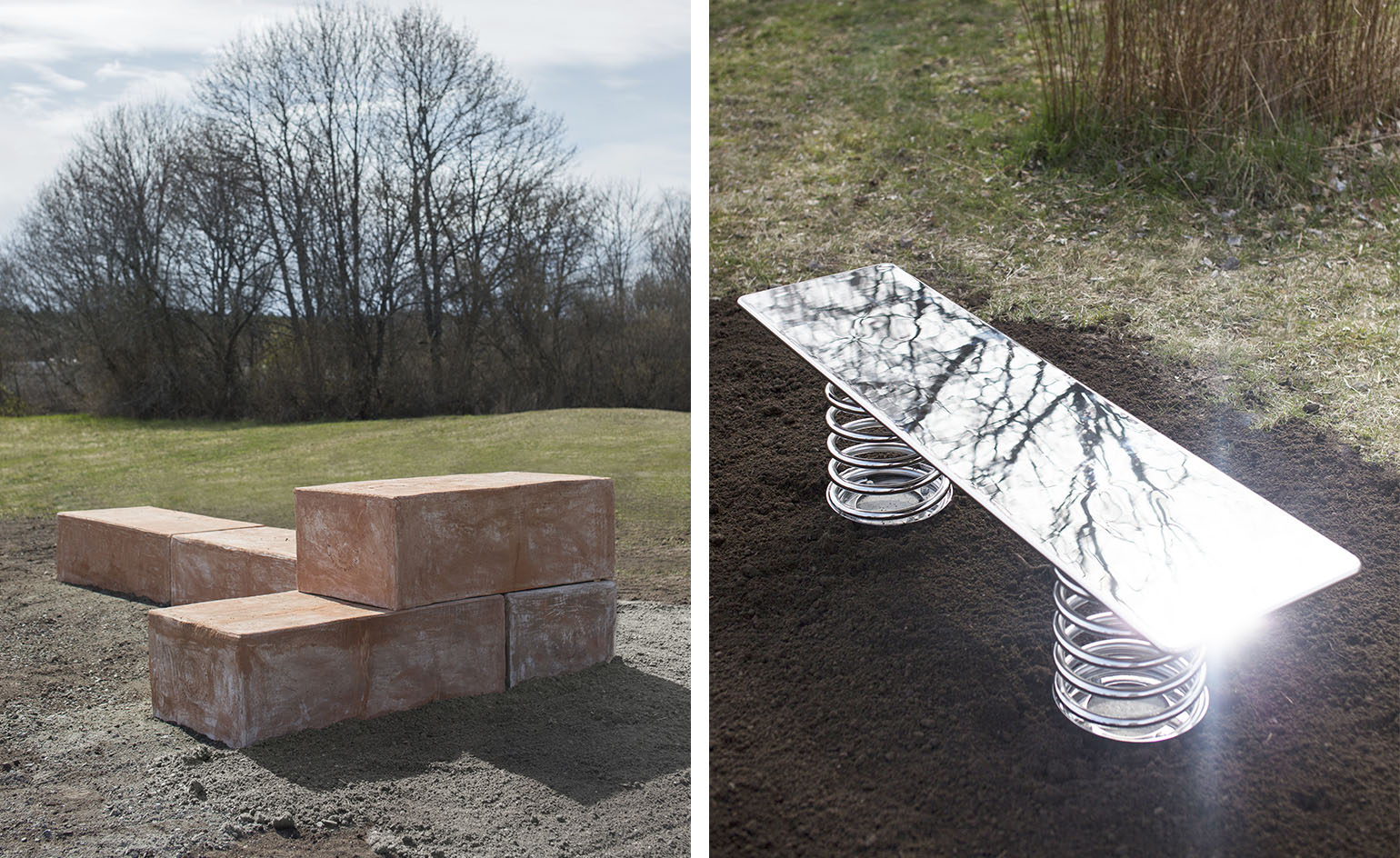
Left, ‘Primordial’ bench by Luca Cipelletti. Right, ‘Spring Break’ by Soft Baroque
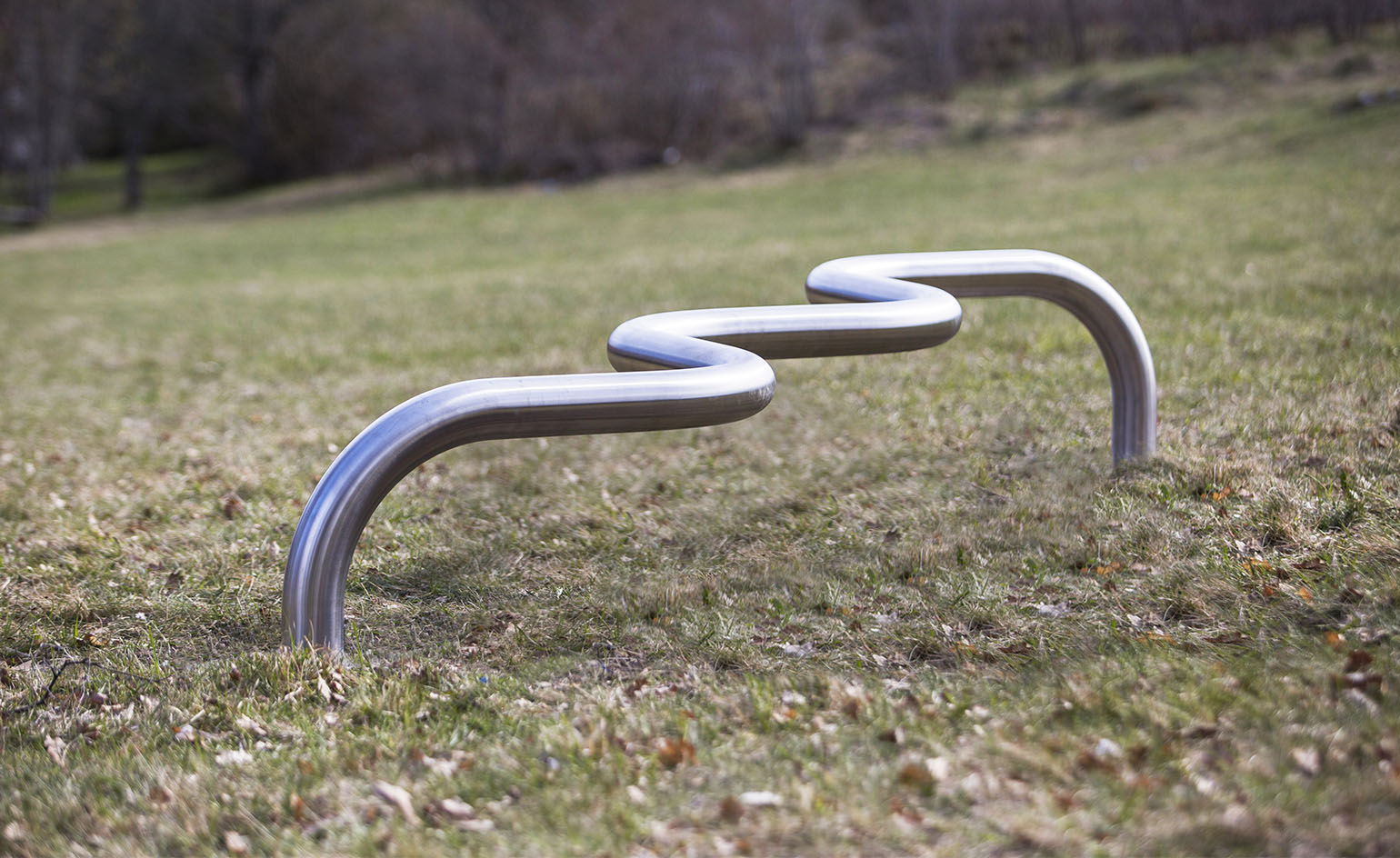
‘Ali Bar’ by Max Lamb uses materials found on location
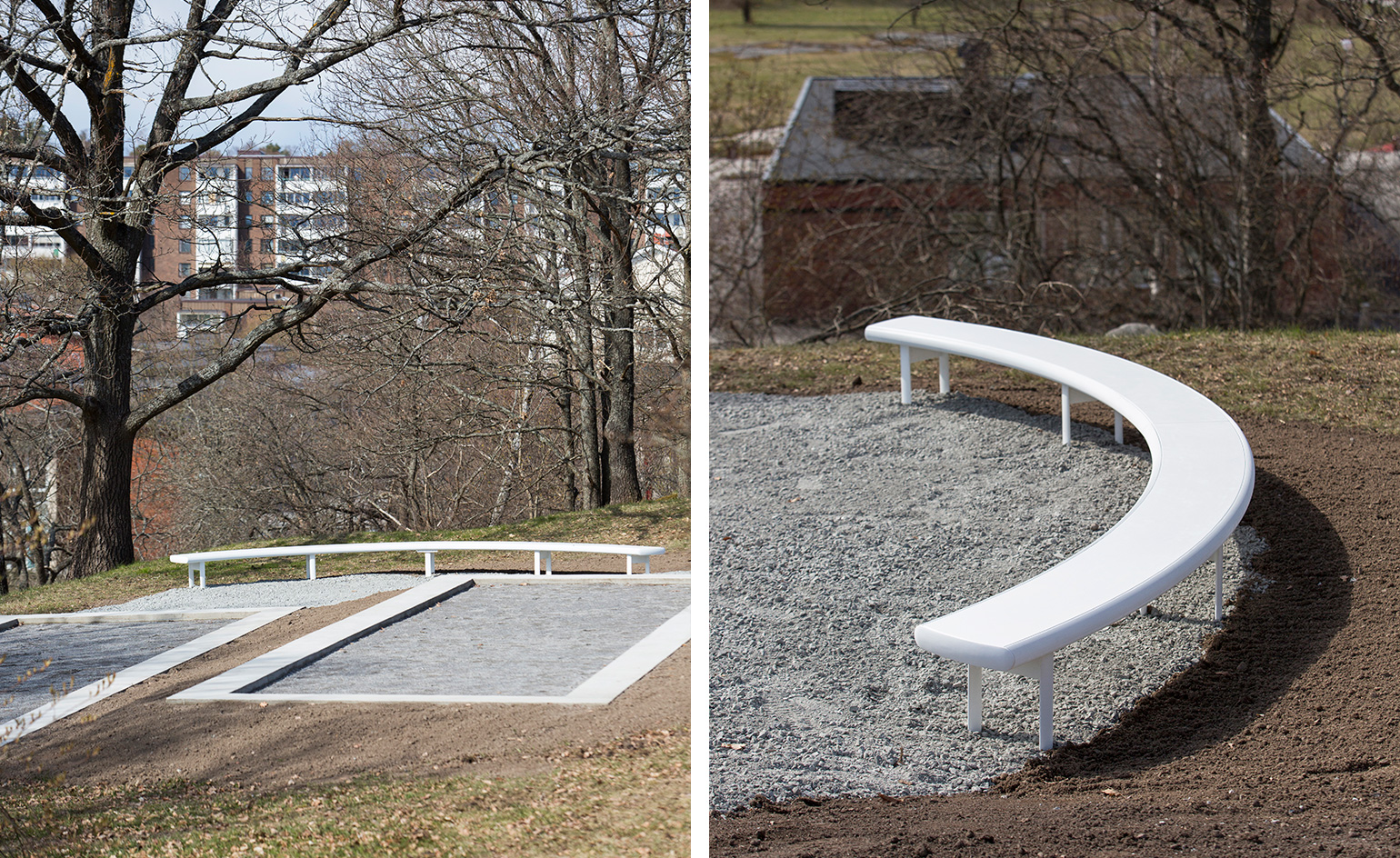
Jonathan Olivares has created aluminium pieces that echo benches used for spectators on a pétanque court
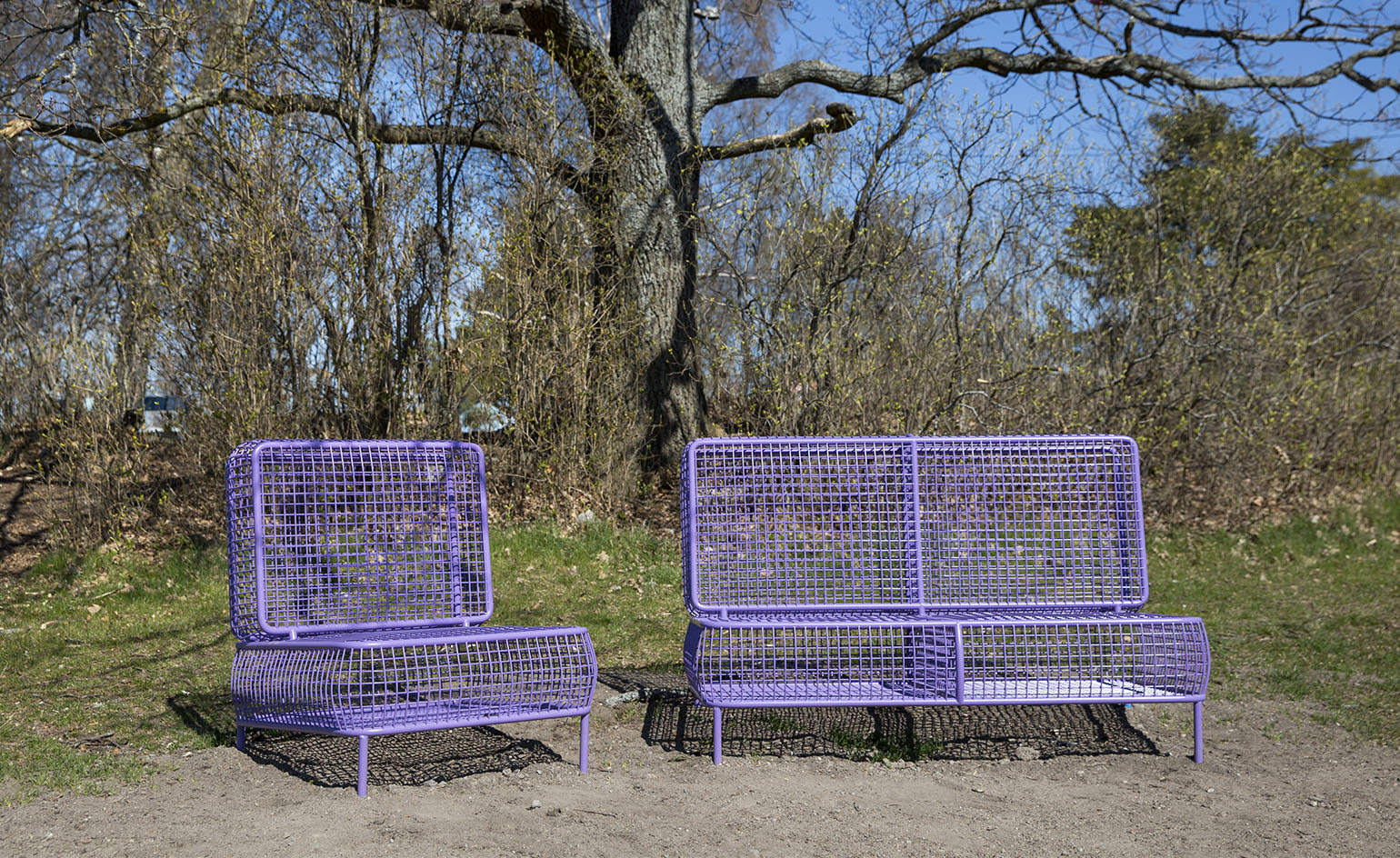
The comfort of a living room resonates in Sanna Gripner and Märta Hägglund’s ‘Cushy’ benches, which recreates cushion curves
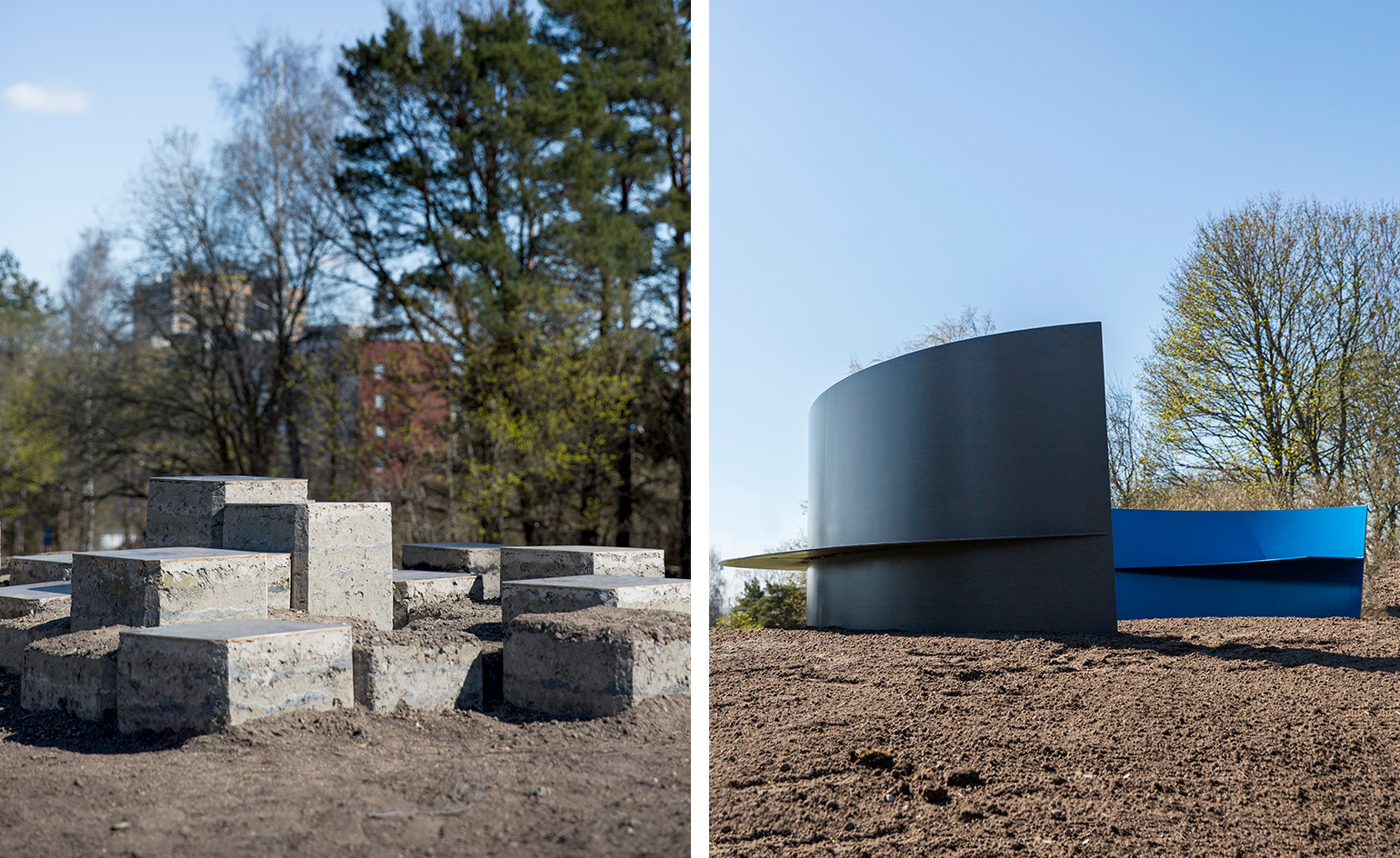
Left, ‘Extrusion’ by Naihan Lee II. Right, ‘Rotunda’ by Ifeanyi Oganwu
INFORMATION
For more information, visit the Kalejdohill website
ADDRESS
Kvarnbacken
Jakobsberg
177 64 Järfälla
Wallpaper* Newsletter
Receive our daily digest of inspiration, escapism and design stories from around the world direct to your inbox.
Yoko Choy is the China editor at Wallpaper* magazine, where she has contributed for over a decade. Her work has also been featured in numerous Chinese and international publications. As a creative and communications consultant, Yoko has worked with renowned institutions such as Art Basel and Beijing Design Week, as well as brands such as Hermès and Assouline. With dual bases in Hong Kong and Amsterdam, Yoko is an active participant in design awards judging panels and conferences, where she shares her mission of promoting cross-cultural exchange and translating insights from both the Eastern and Western worlds into a common creative language. Yoko is currently working on several exciting projects, including a sustainable lifestyle concept and a book on Chinese contemporary design.
-
 Japan in Milan! See the highlights of Japanese design at Milan Design Week 2025
Japan in Milan! See the highlights of Japanese design at Milan Design Week 2025At Milan Design Week 2025 Japanese craftsmanship was a front runner with an array of projects in the spotlight. Here are some of our highlights
By Danielle Demetriou
-
 Tour the best contemporary tea houses around the world
Tour the best contemporary tea houses around the worldCelebrate the world’s most unique tea houses, from Melbourne to Stockholm, with a new book by Wallpaper’s Léa Teuscher
By Léa Teuscher
-
 ‘Humour is foundational’: artist Ella Kruglyanskaya on painting as a ‘highly questionable’ pursuit
‘Humour is foundational’: artist Ella Kruglyanskaya on painting as a ‘highly questionable’ pursuitElla Kruglyanskaya’s exhibition, ‘Shadows’ at Thomas Dane Gallery, is the first in a series of three this year, with openings in Basel and New York to follow
By Hannah Silver
-
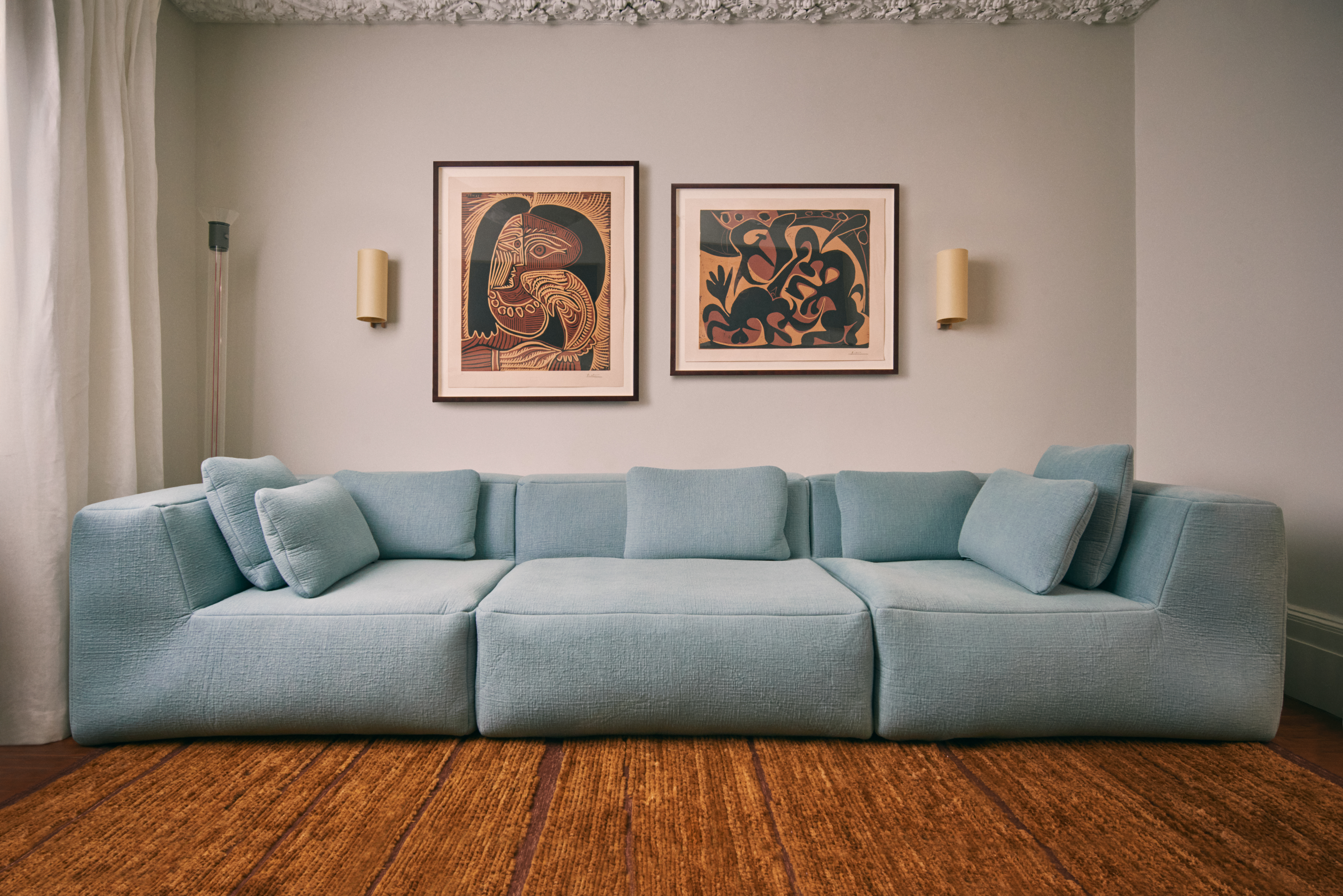 Milan Design Week: Philippe Malouin's ‘Great’ sofa for Hem more than lives up to its name
Milan Design Week: Philippe Malouin's ‘Great’ sofa for Hem more than lives up to its nameThree years in development, the Canadian designer’s new sofa for Hem is an elegantly modern, comfortable beast
By Hugo Macdonald
-
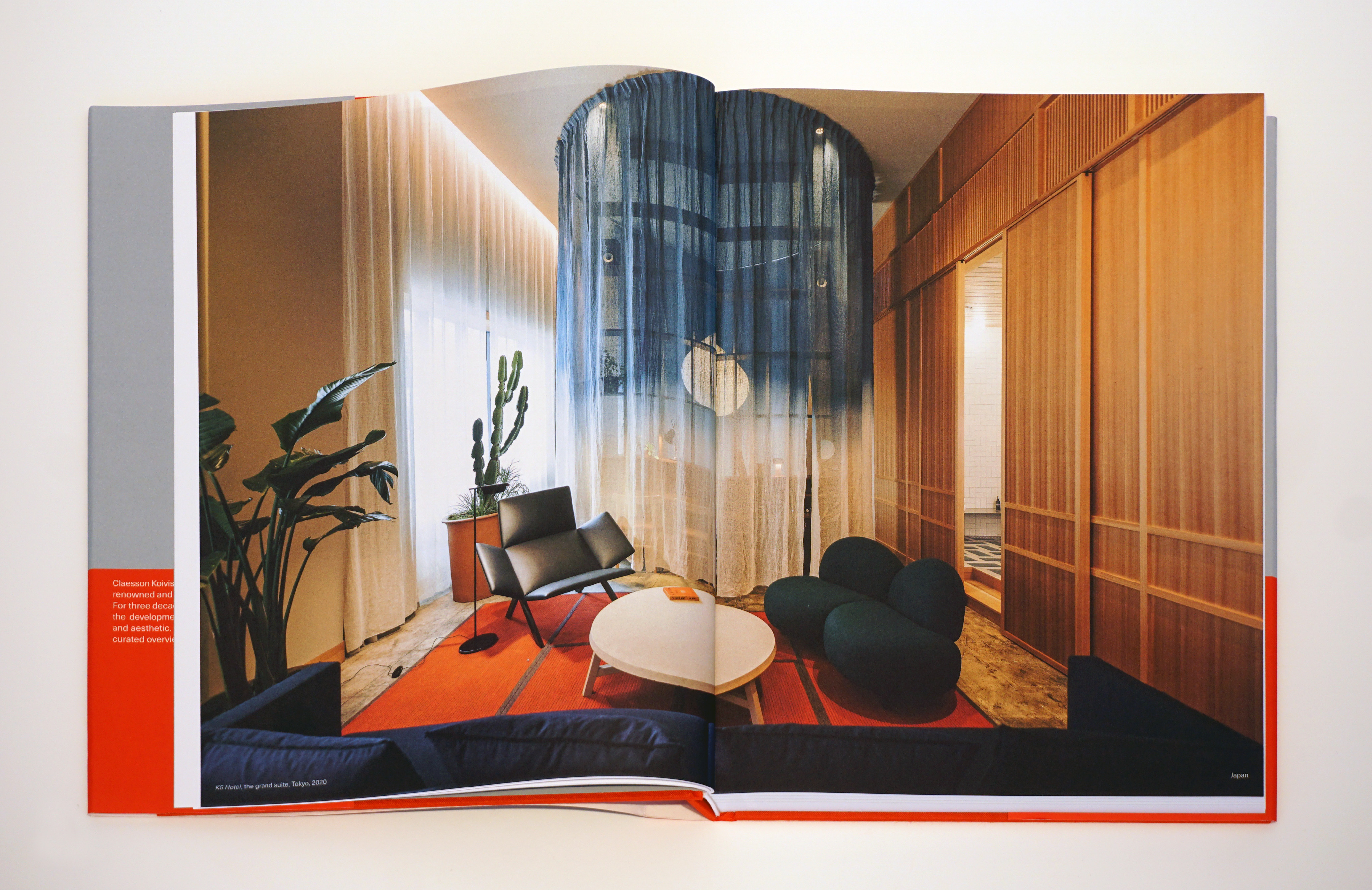 Claesson Koivisto Rune on 30 years of their often Japan-inspired designs, charted in a new book
Claesson Koivisto Rune on 30 years of their often Japan-inspired designs, charted in a new book‘Claesson Koivisto Rune: In Transit’ is a ‘round-the-world journey’ into the Swedish studio's projects. Here, the founders tell Wallpaper* about their fascination with Japan, and the concept of aimai
By Danielle Demetriou
-
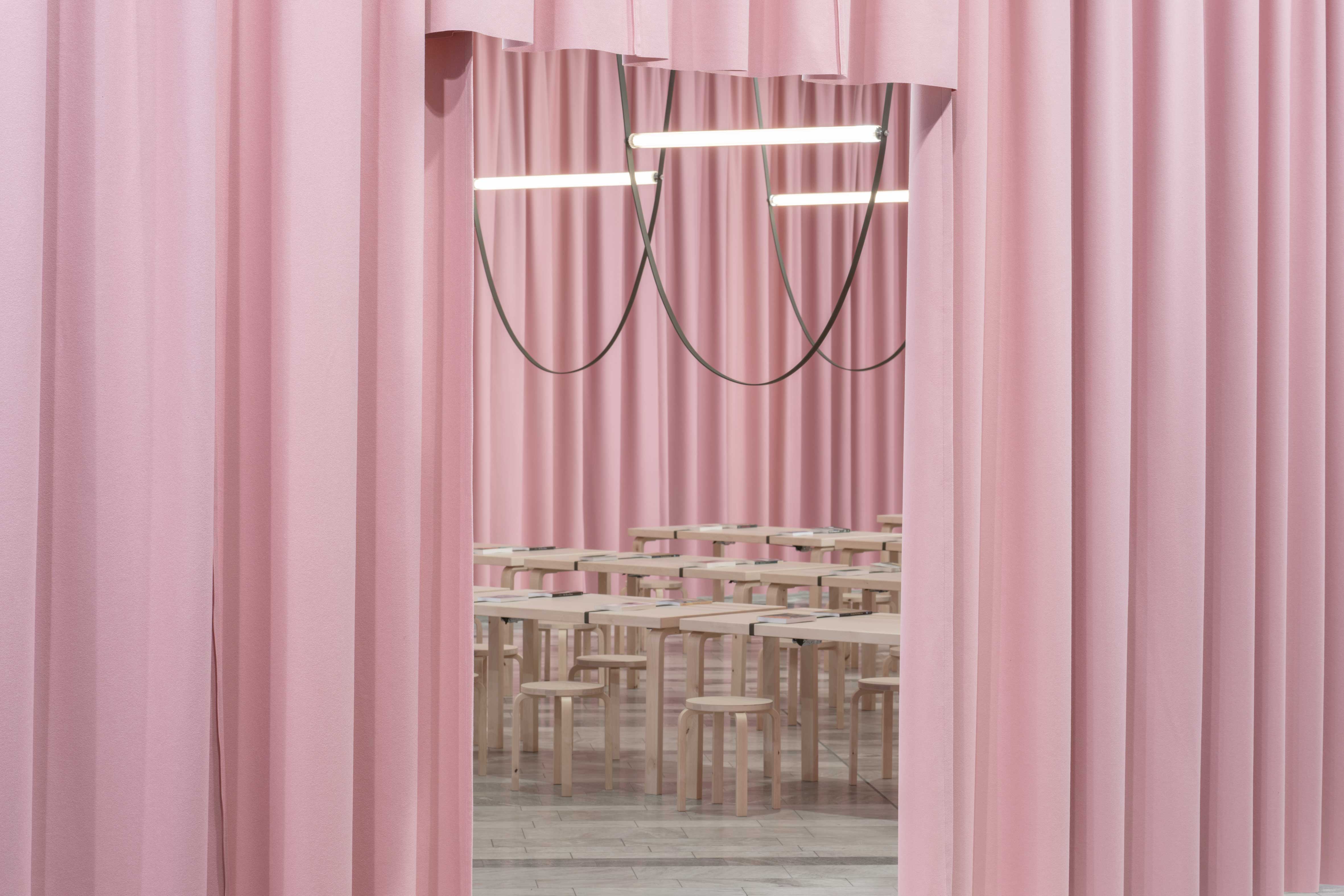 Highlights from Stockholm Design Week 2024
Highlights from Stockholm Design Week 2024At Stockholm Design Week 2024 (until 11 February), emerging designers and icons of Swedish heritage combine design's past and future
By Mary Cleary
-
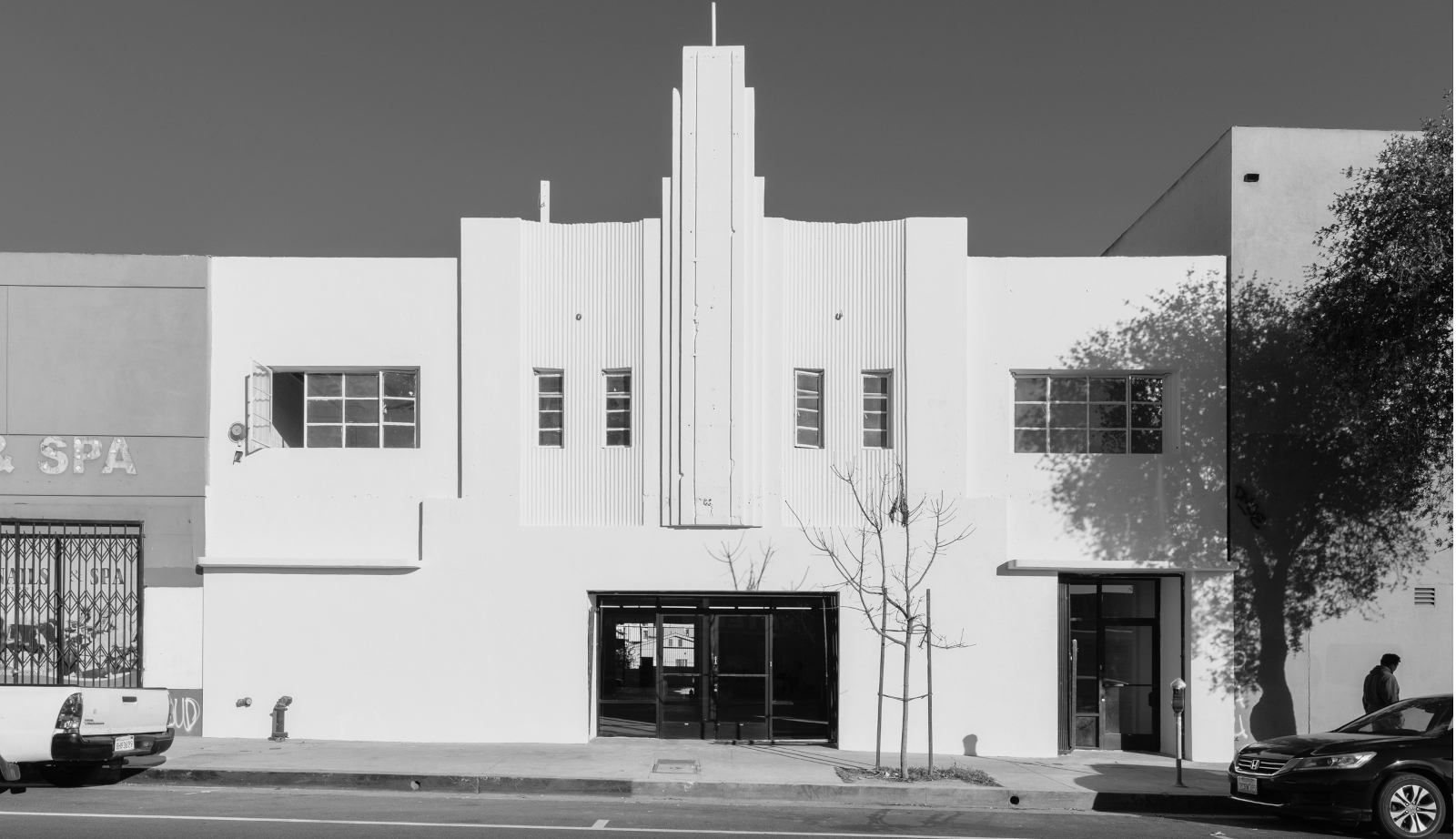 Gallery Fumi makes LA debut with works from Max Lamb, Jeremy Anderson and more
Gallery Fumi makes LA debut with works from Max Lamb, Jeremy Anderson and moreFumi LA is the London design gallery’s takeover of Sized Studio, marking its first major US show (until 9 March 2024)
By Tianna Williams
-
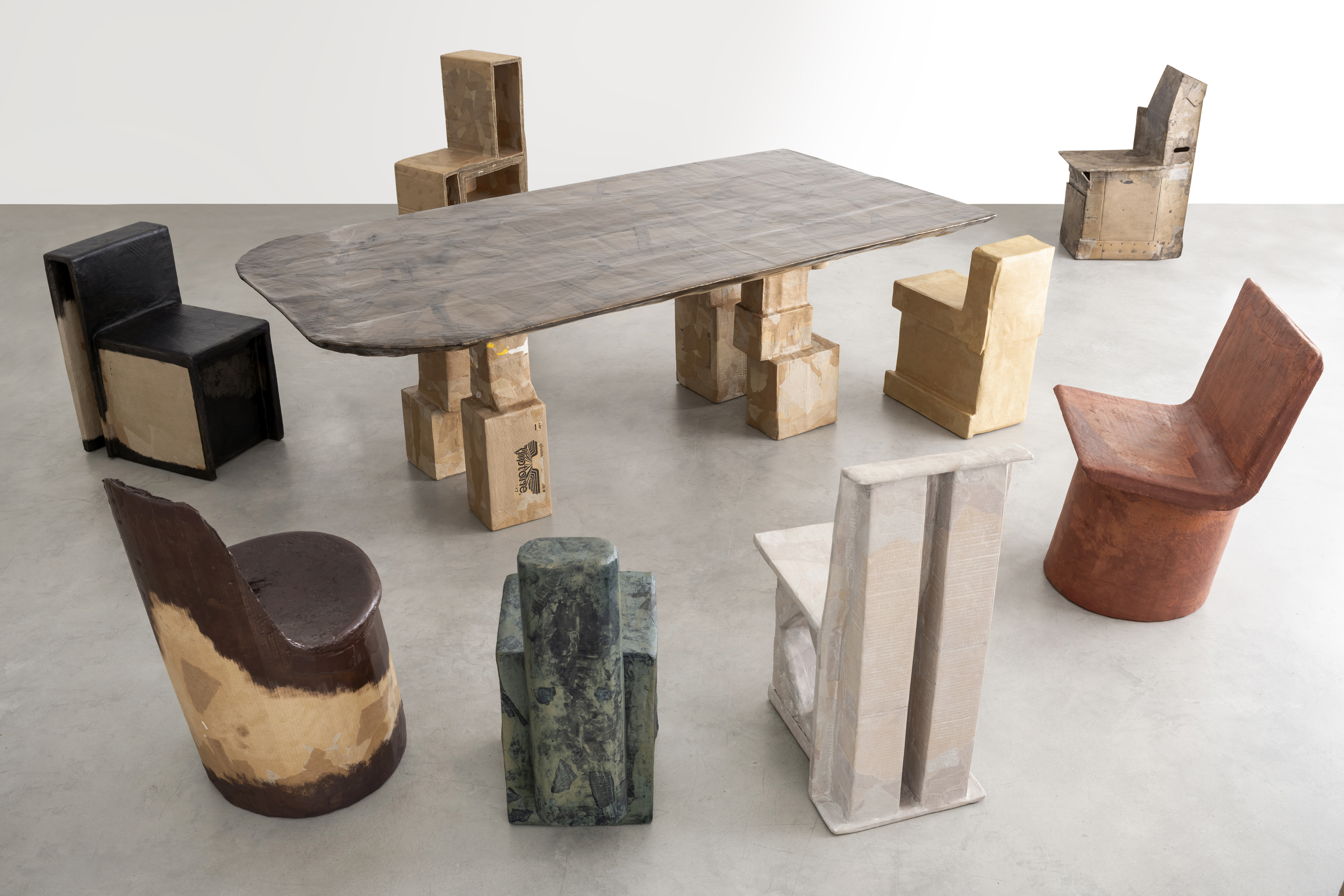 Max Lamb’s latest furniture is made of cardboard boxes
Max Lamb’s latest furniture is made of cardboard boxesMax Lamb’s cardboard furniture is on view at Gallery Fumi, London, until 18 November 2023
By Rosa Bertoli
-
 Svenskt Tenn gets a summer makeover courtesy of Margherita Missoni
Svenskt Tenn gets a summer makeover courtesy of Margherita MissoniAt Svenskt Tenn, Margherita Missoni curates 'A postcard from Italy,' a summer takeover of the Stockholm gallery (until 27 August 2023), as well as special edition pieces
By Rosa Bertoli
-
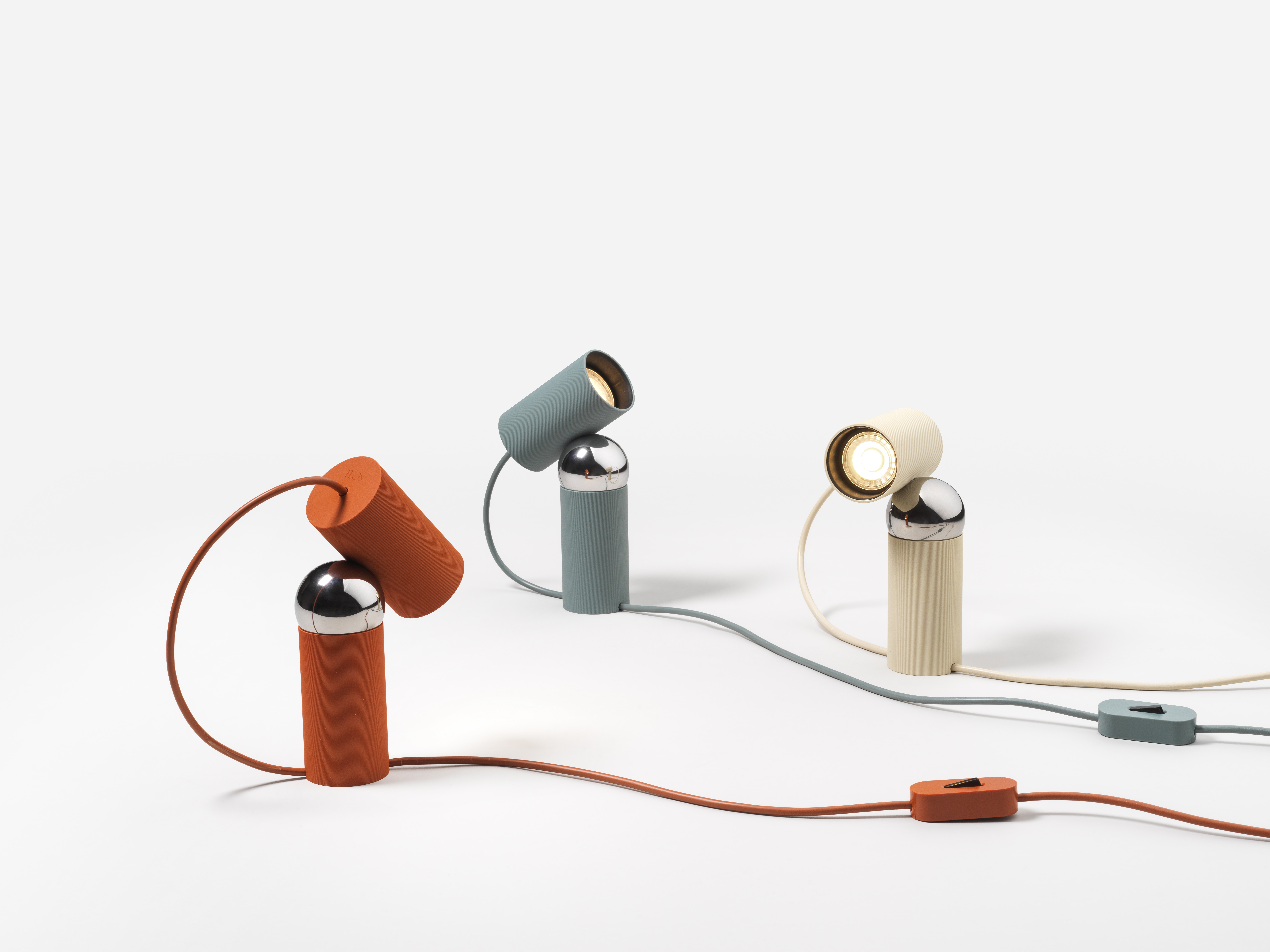 A lamp for Millennials and Gen Z: Philippe Malouin’s lighting debut for Flos
A lamp for Millennials and Gen Z: Philippe Malouin’s lighting debut for FlosAt Euroluce 2023, Flos unveils ‘Bilboquet’ by Philippe Malouin, a new table lamp that marks the London-based designer’s debut with the lighting brand
By Rosa Bertoli
-
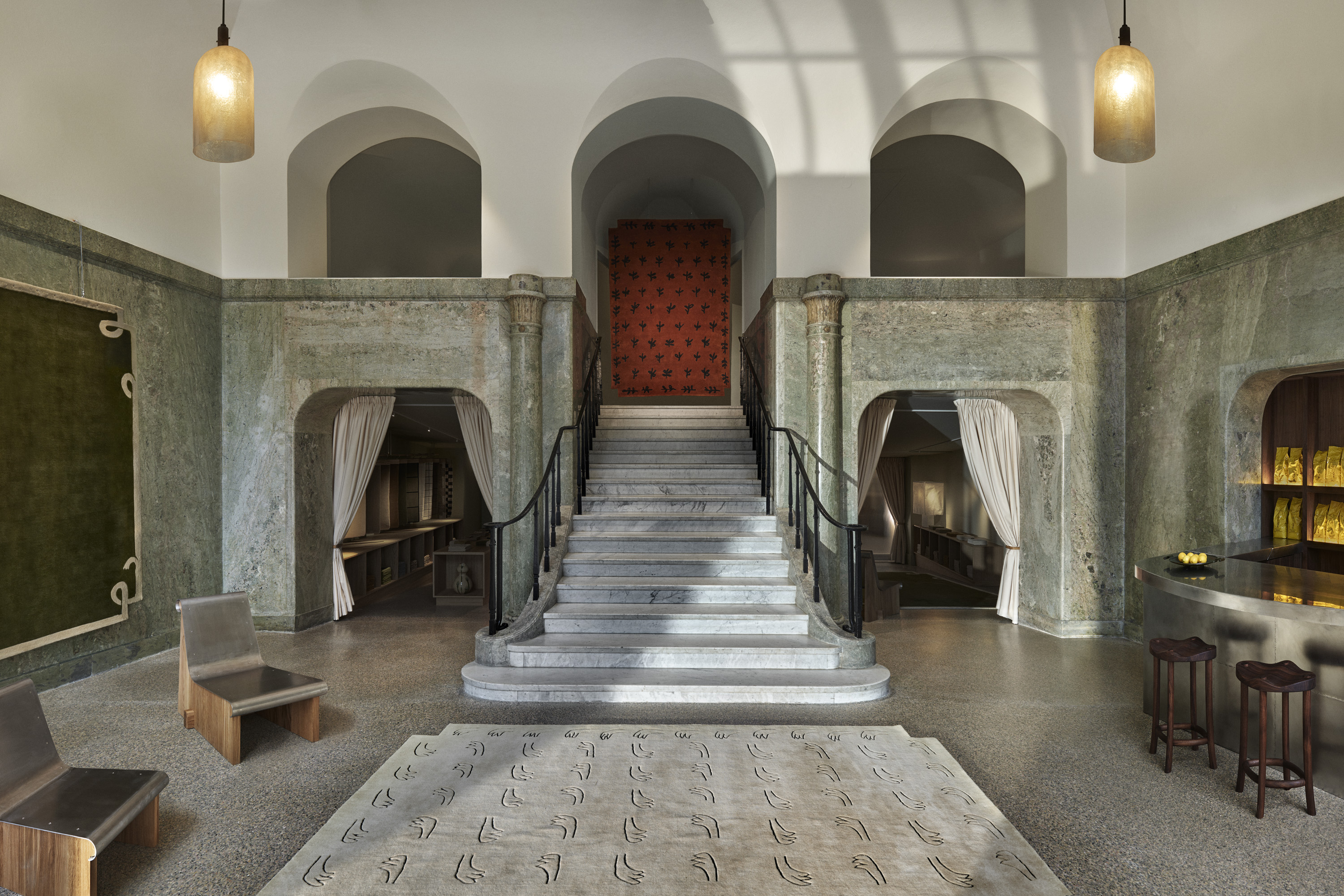 ‘Not just another classic store front’: Nordic Knots opens Stockholm showroom in a former cinema
‘Not just another classic store front’: Nordic Knots opens Stockholm showroom in a former cinemaNew Nordic Knots Stockholm showroom makes the most of the dramatic interiors of the early-20th-century Eriksbergsteatern
By Pei-Ru Keh